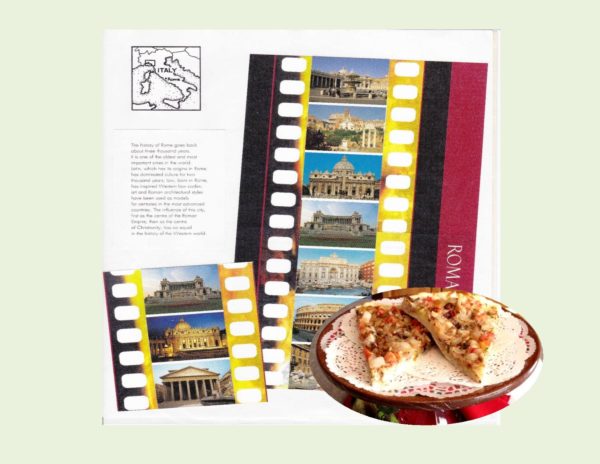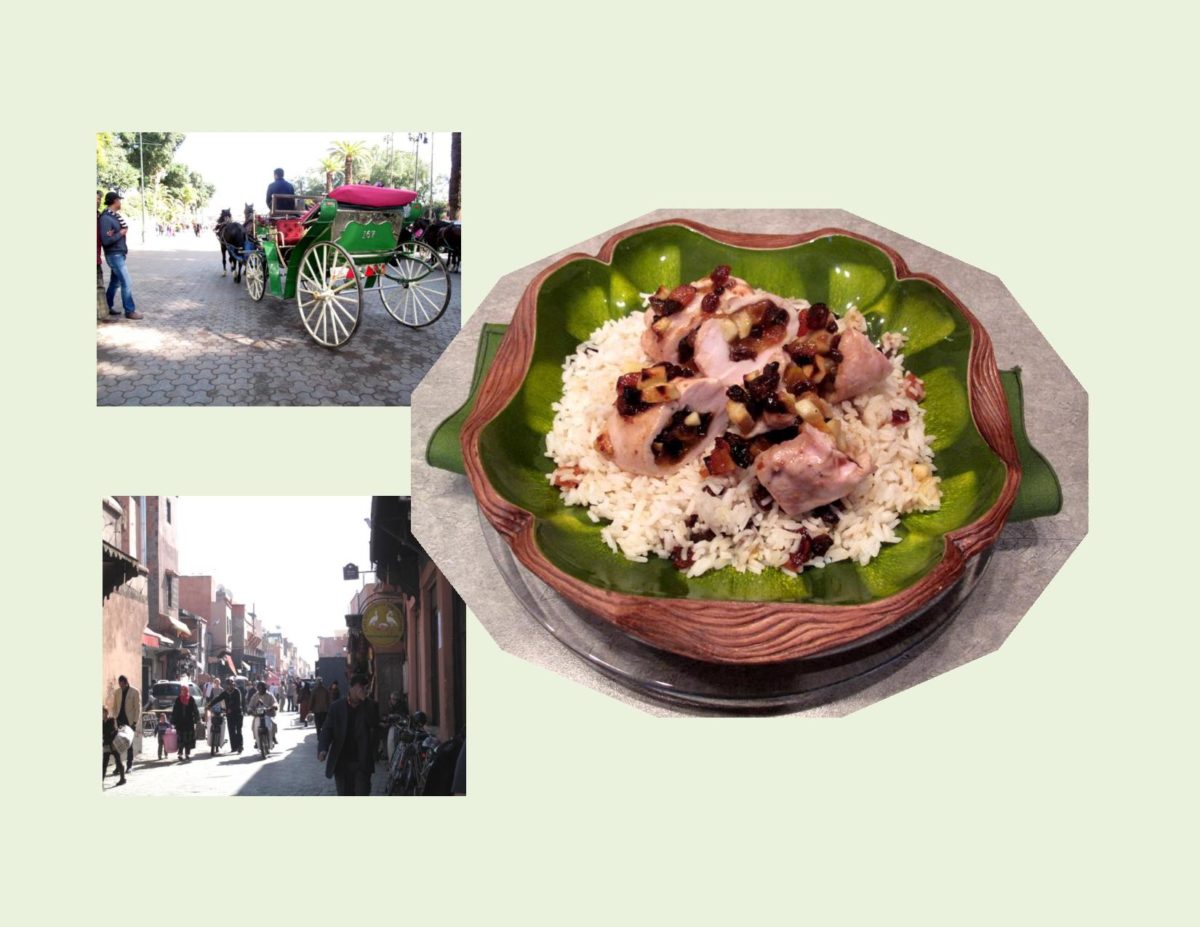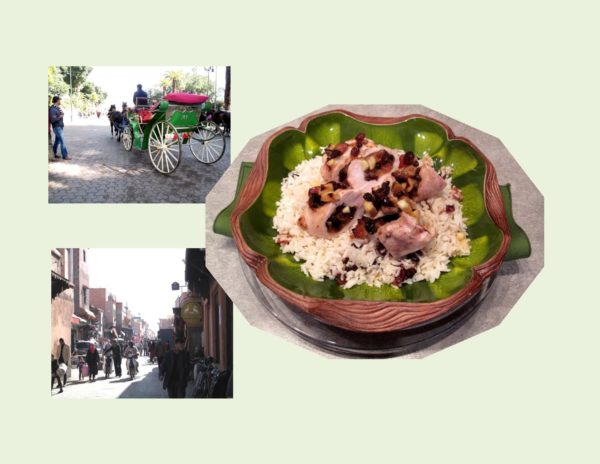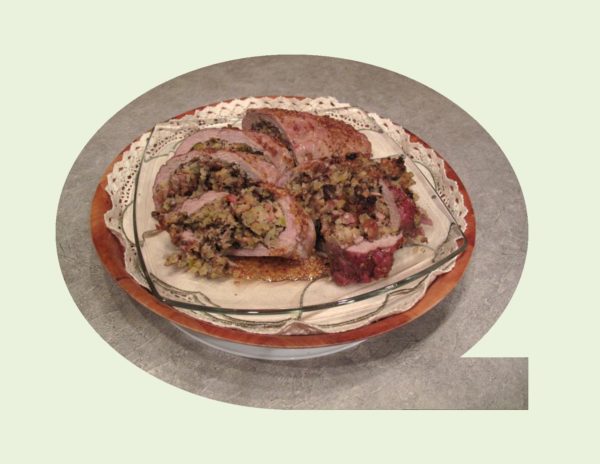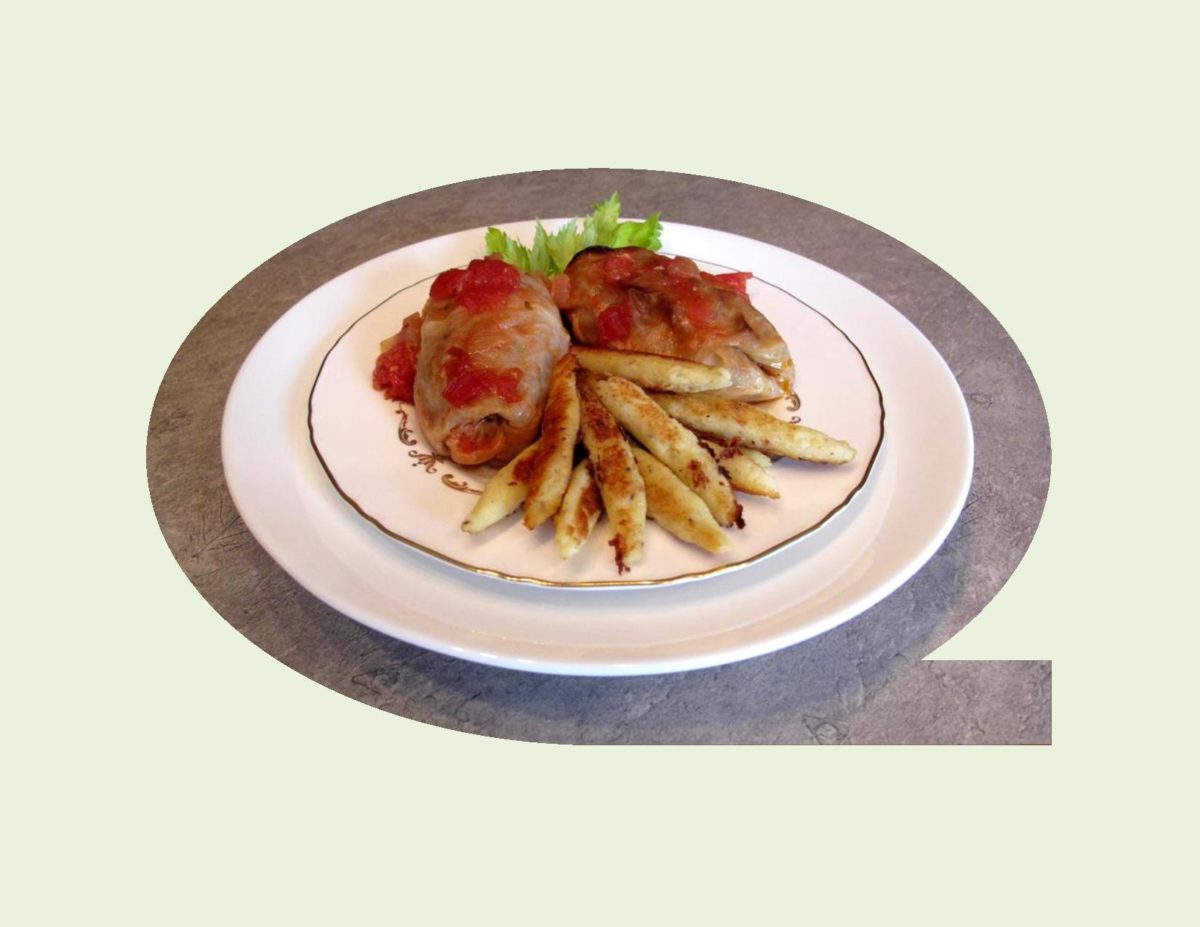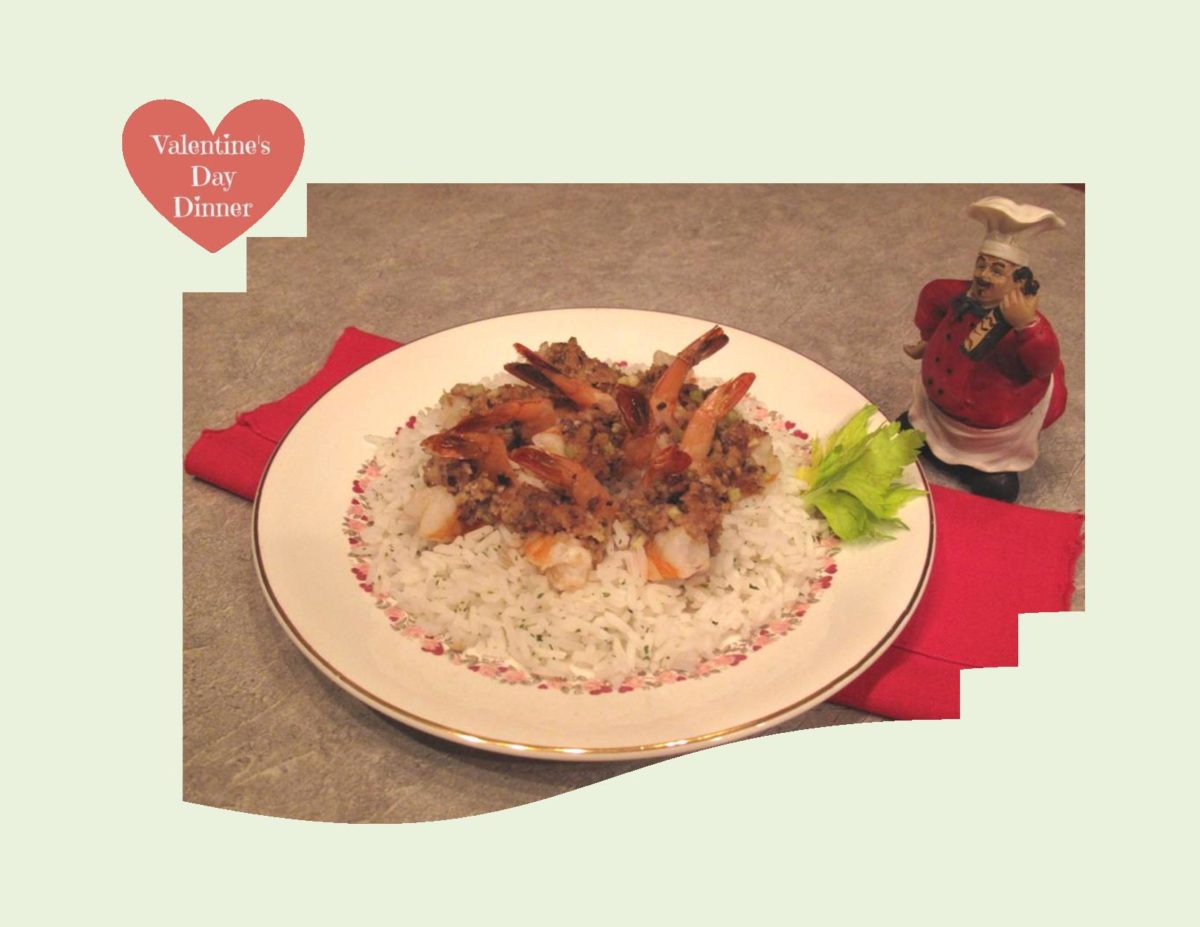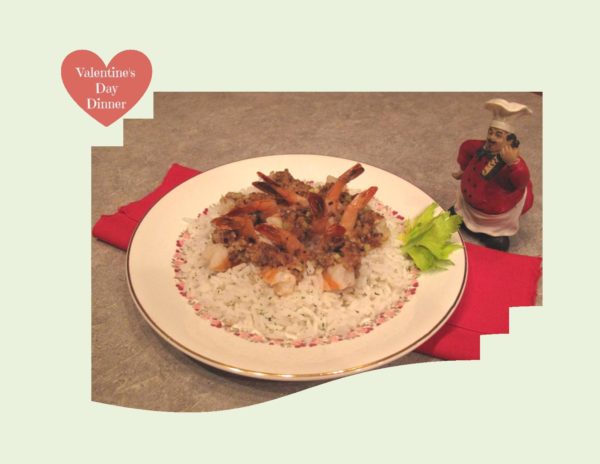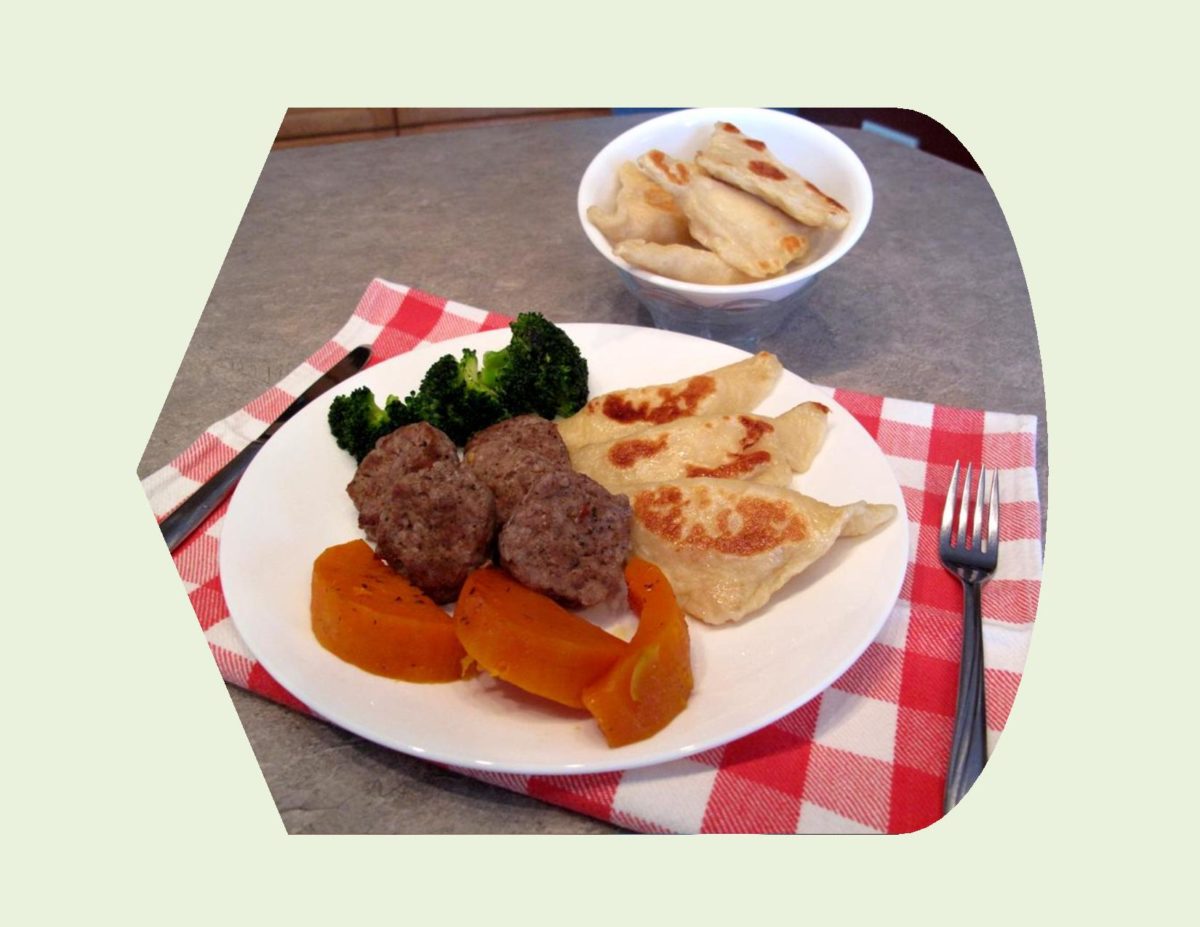Its only March, so BBQ season is till a few months away. Some would claim that good ‘barbecued’ food can only come from the grill, not the oven. But what about during our winter months or times when you just don’t feel like firing up the grill or you’re out of propane? Let’s face it, nothing can replace a good outdoor barbecue, but..
The key to oven BBQ chicken is to start with bone-in pieces. Chicken leg quarters are fairly fatty in comparison to chicken breast so it takes a lot to dry a chicken leg out. Which brings me to a recipe I clipped from a newspaper back in 1970 for OVEN BARBECUED CHICKEN. The ingredient list is rather lengthy but all pretty common place items. Brion likes this meal served with roasted potatoes.
In the month of March our family celebrates three birthdays. Today, March 21st would have been my Dad’s. He passed away at the age of 92, 12 years ago. Our Dad was a man of discipline; love was closely associated with duty and commitment for him. He was confident in who he was and didn’t demonstrate any need to conform to what we might have wanted him to do. Everything he undertook was driven by his commitment to honor and provide for the family that he loved.
IT IS WITH MUCH LOVE OUR FAMILY IS HONORING THIS DAY IN THE MEMORY OF OUR WONDERFUL DAD

| Servings |
|
- 1/4 cup flour
- 1/2 tsp EACH salt & paprika
- 1/8 tsp pepper
- 4 chicken leg quarters
- 1/8 cup EACH margarine & oil
- 1 medium onion, chopped
- 1 clove garlic, minced
- 1/4 cup lemon juice
- 1/8 cup Worcestershire sauce
- 1/4 tsp Tabasco or hot sauce
- 3/4 cup water
- 1/3 cup chili sauce
- 1/2 tsp EACH salt & chili powder
- 1/8 tsp pepper
- 2 tbsp sugar
- 1/4 tsp oregano
Ingredients
BBQ Sauce
|

|
- Preheat oven to 375 F. Have available a large baking dish that will hold chicken in a single layer. Combine flour, 1 tsp salt, paprika & 1/4 tsp pepper in a heavy plastic bag. Place chicken in bag & shake to coat evenly. In a heavy, large skillet, heat margarine & oil.
- Add chicken & brown slowly on all sides; place in baking dish. Add onion & garlic to pan; cook gently for 3 minutes. Add all remaining ingredients, cover & simmer 10 minutes.
- Pour this mixture over chicken, cover the pan & bake 15 minutes. Turn chicken legs, cover again & bake about 15 minutes more. Remove cover & continue baking until legs are tender, basting often with sauce, about 20 minutes.



